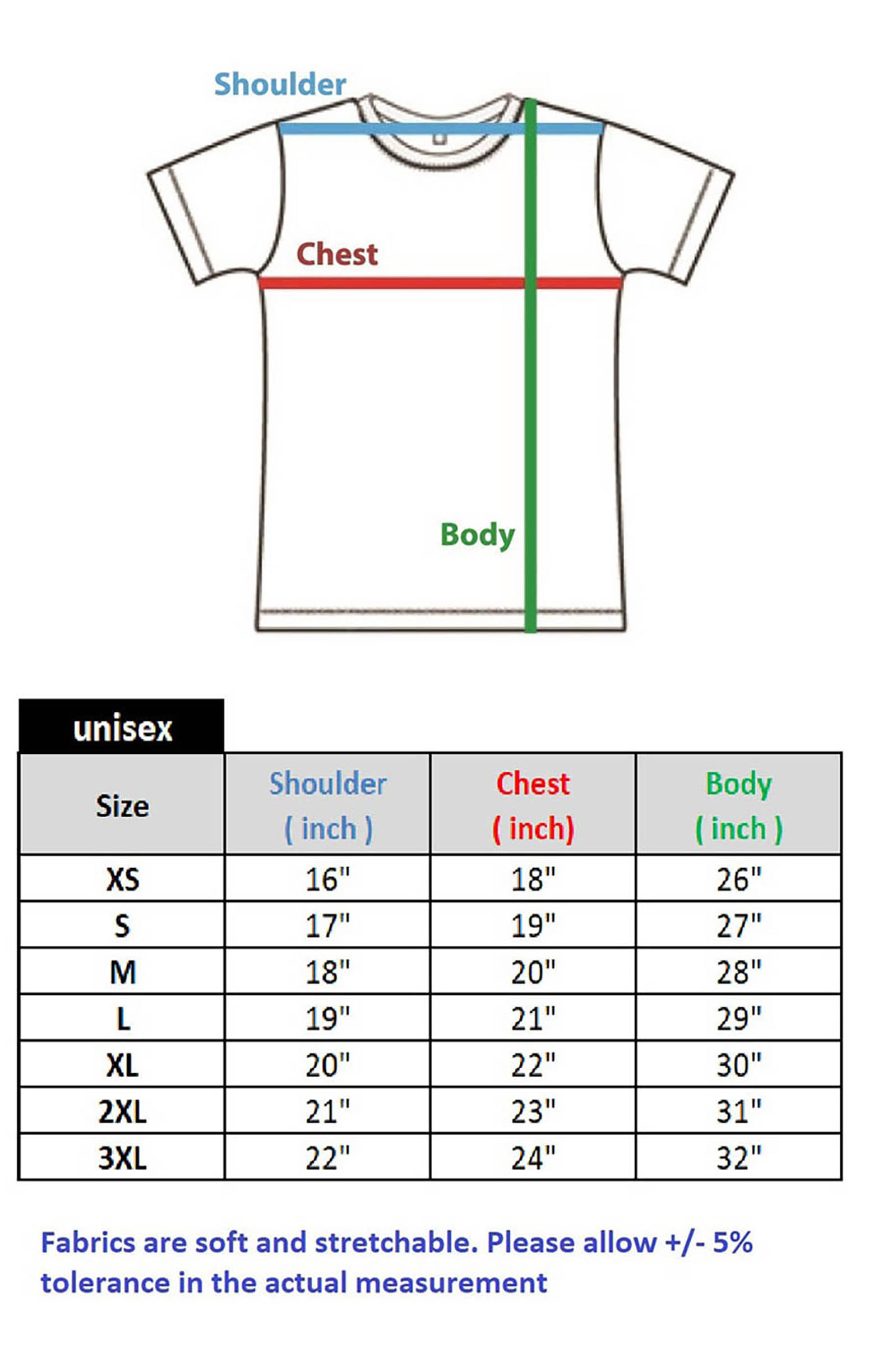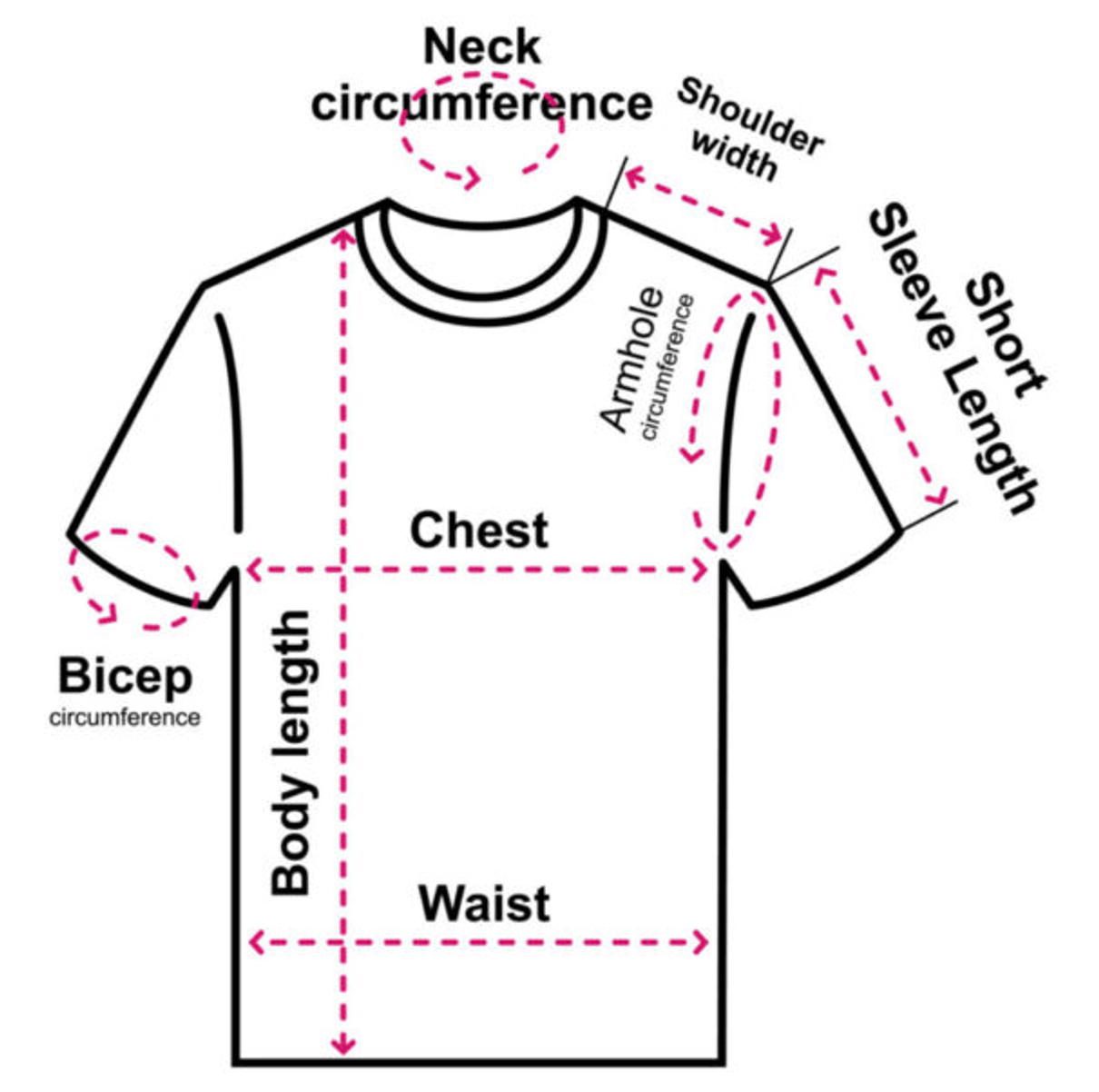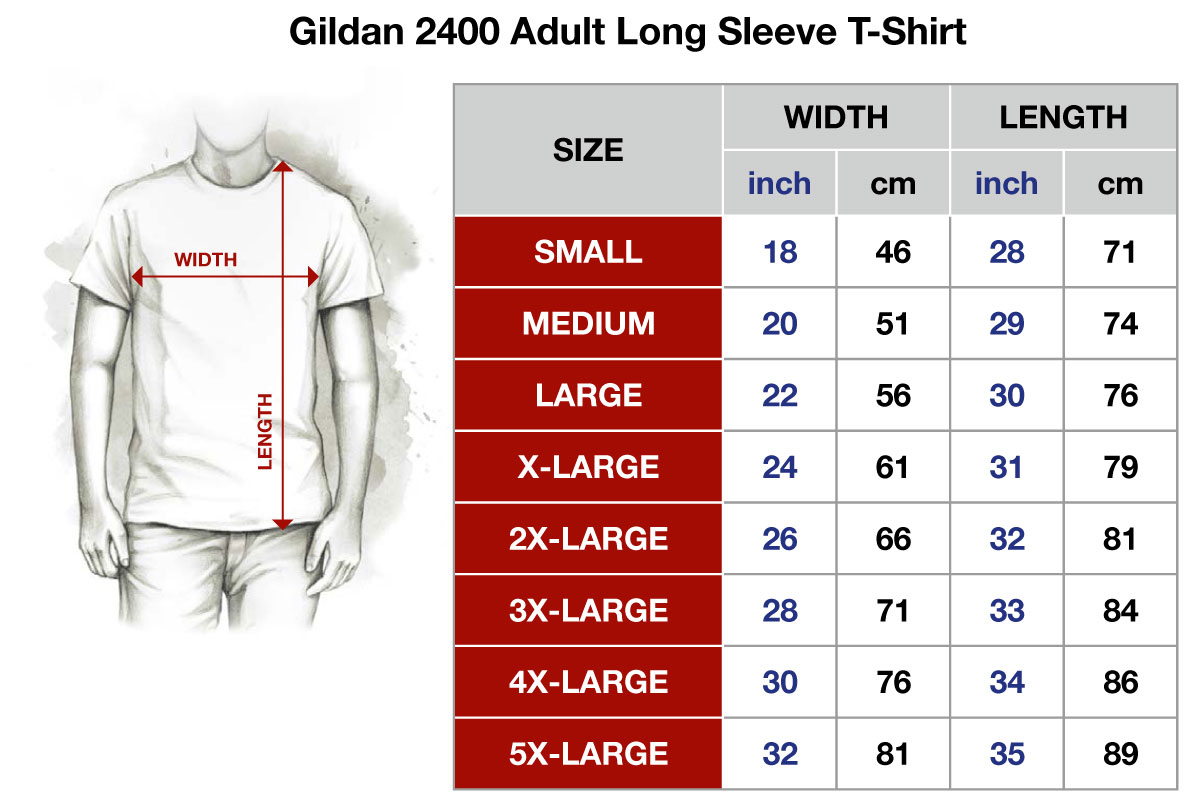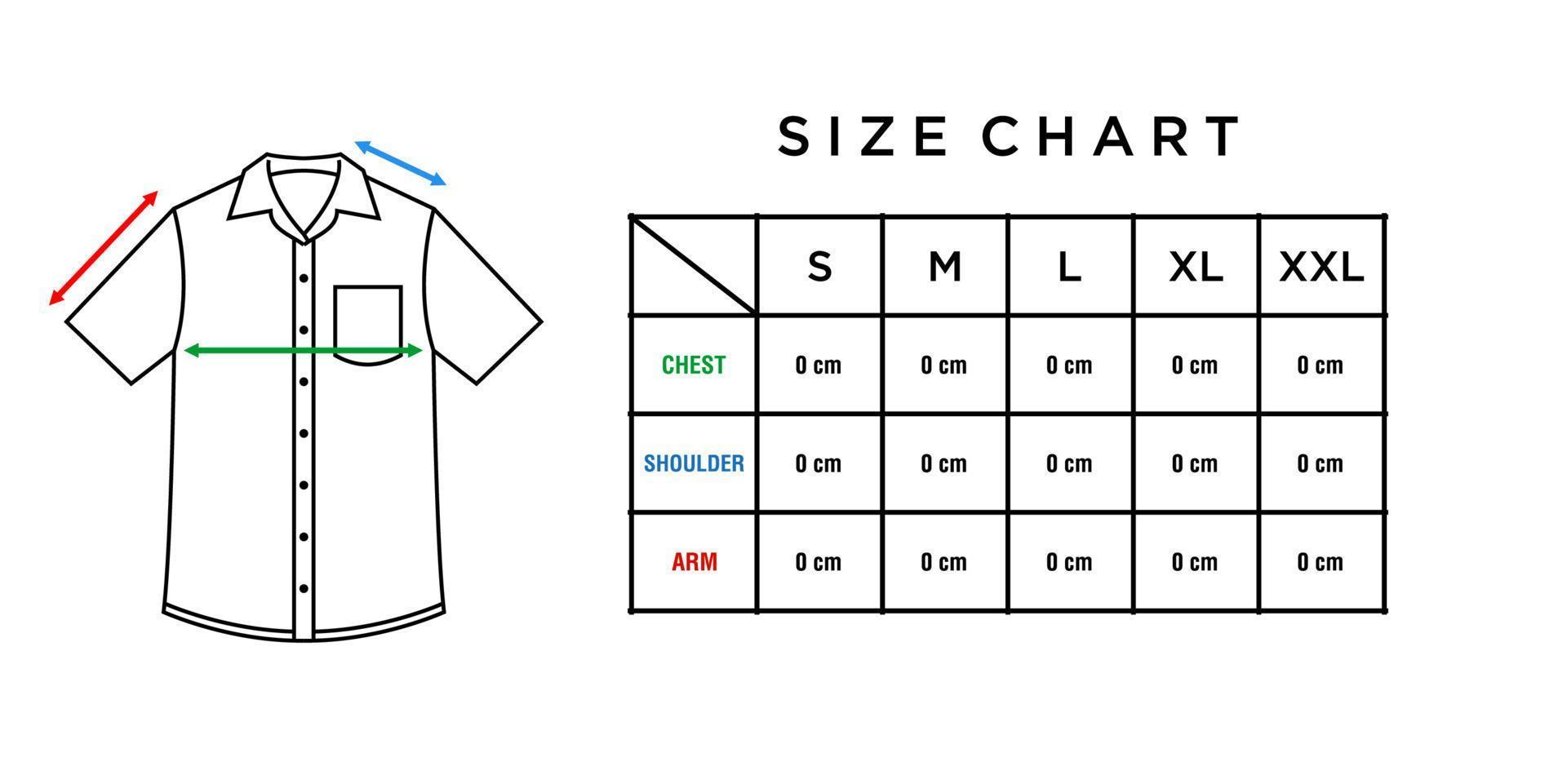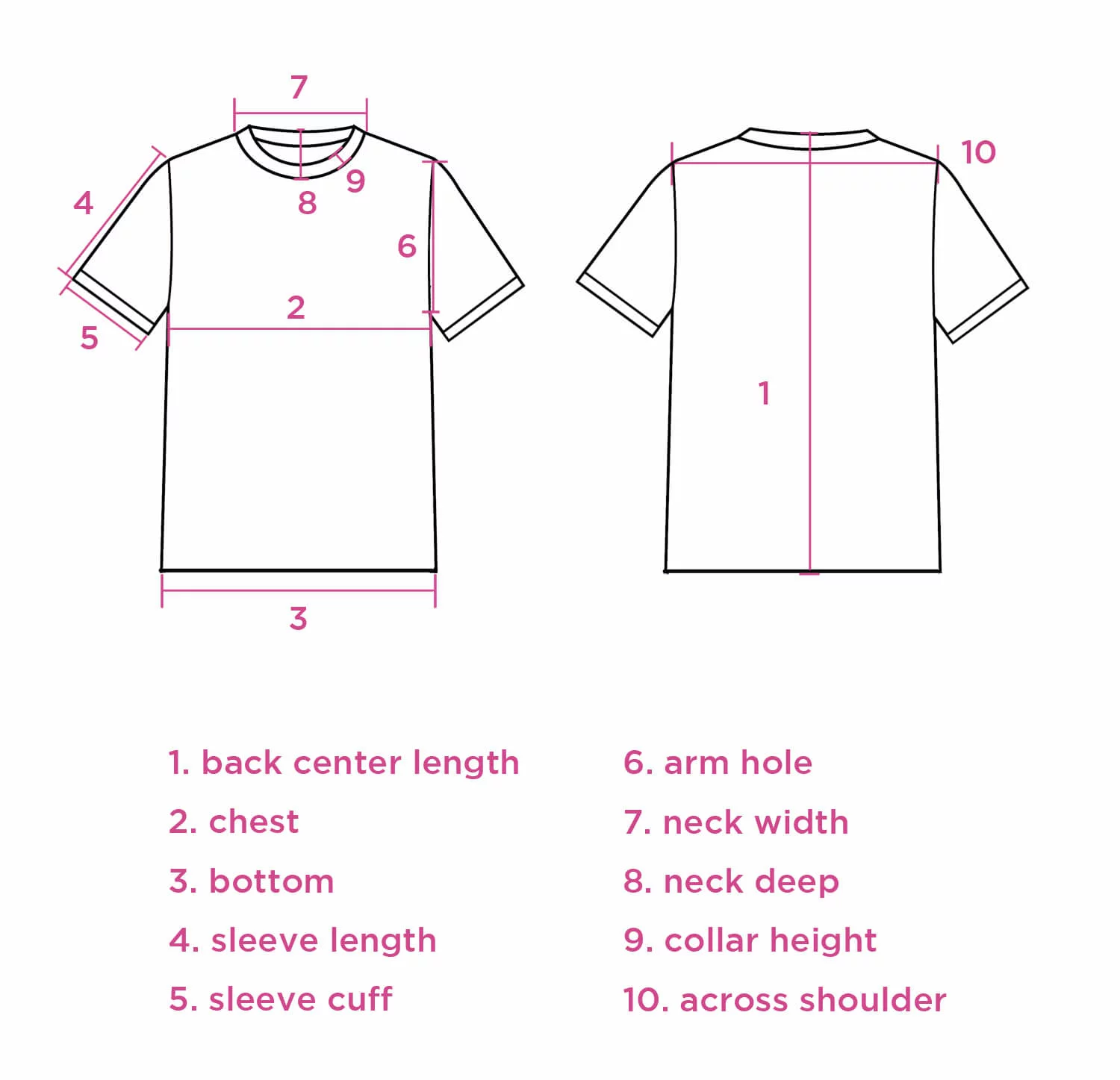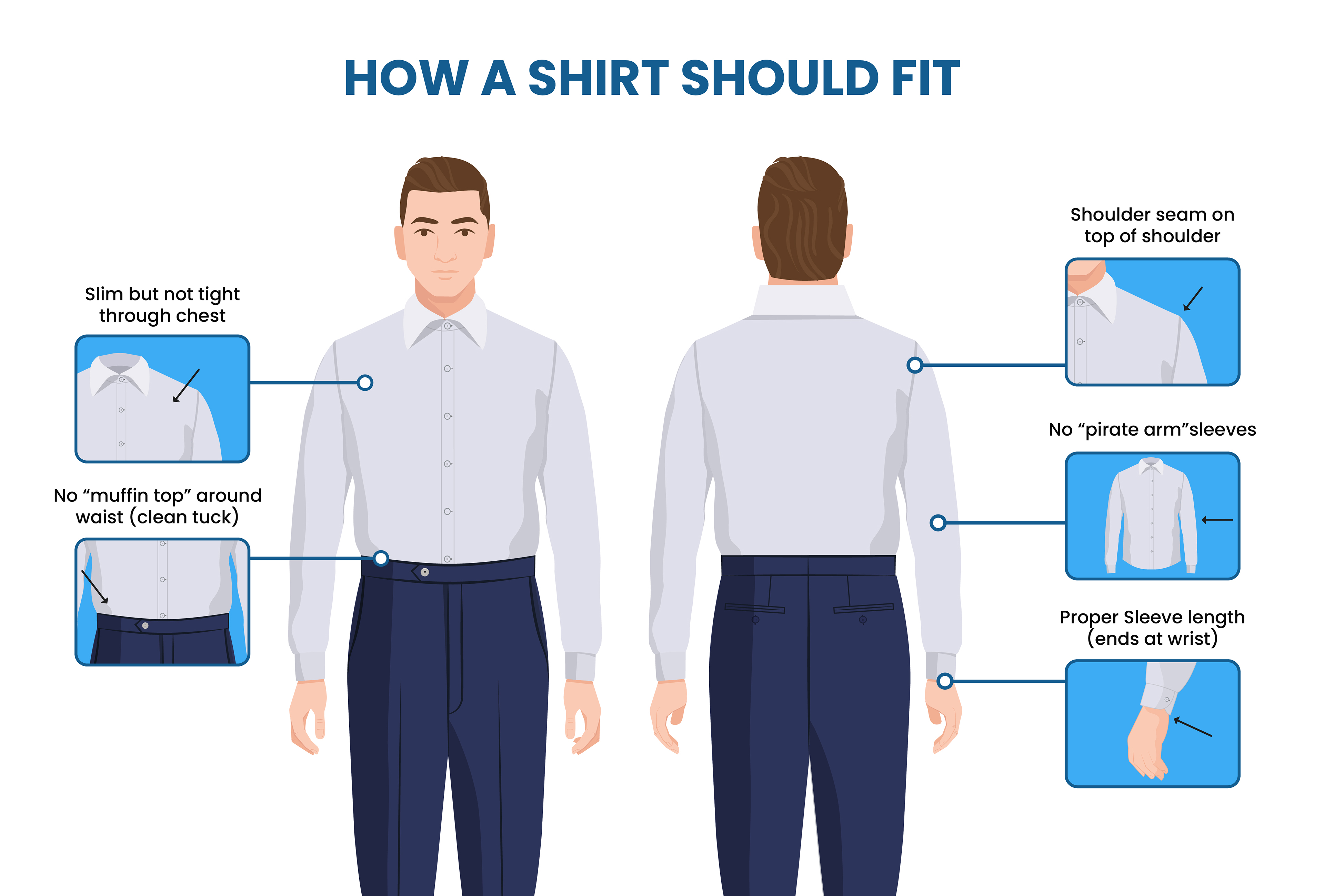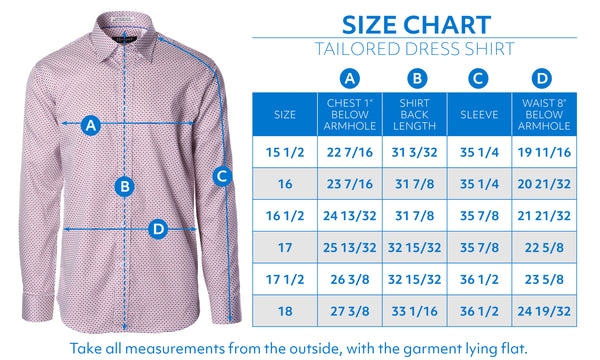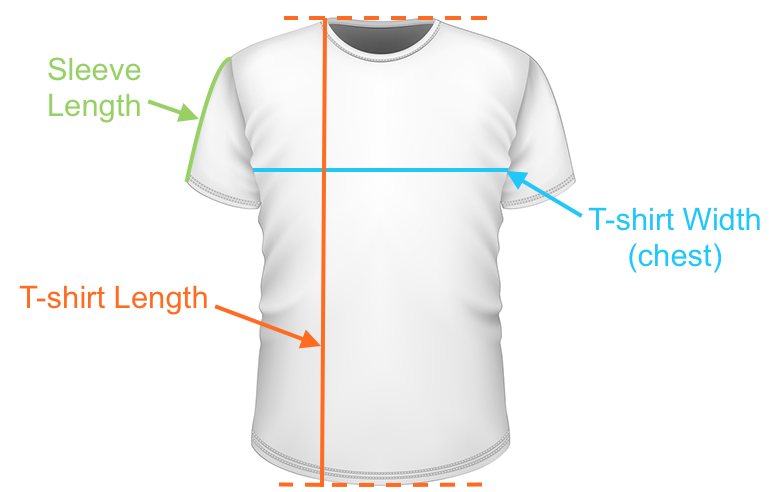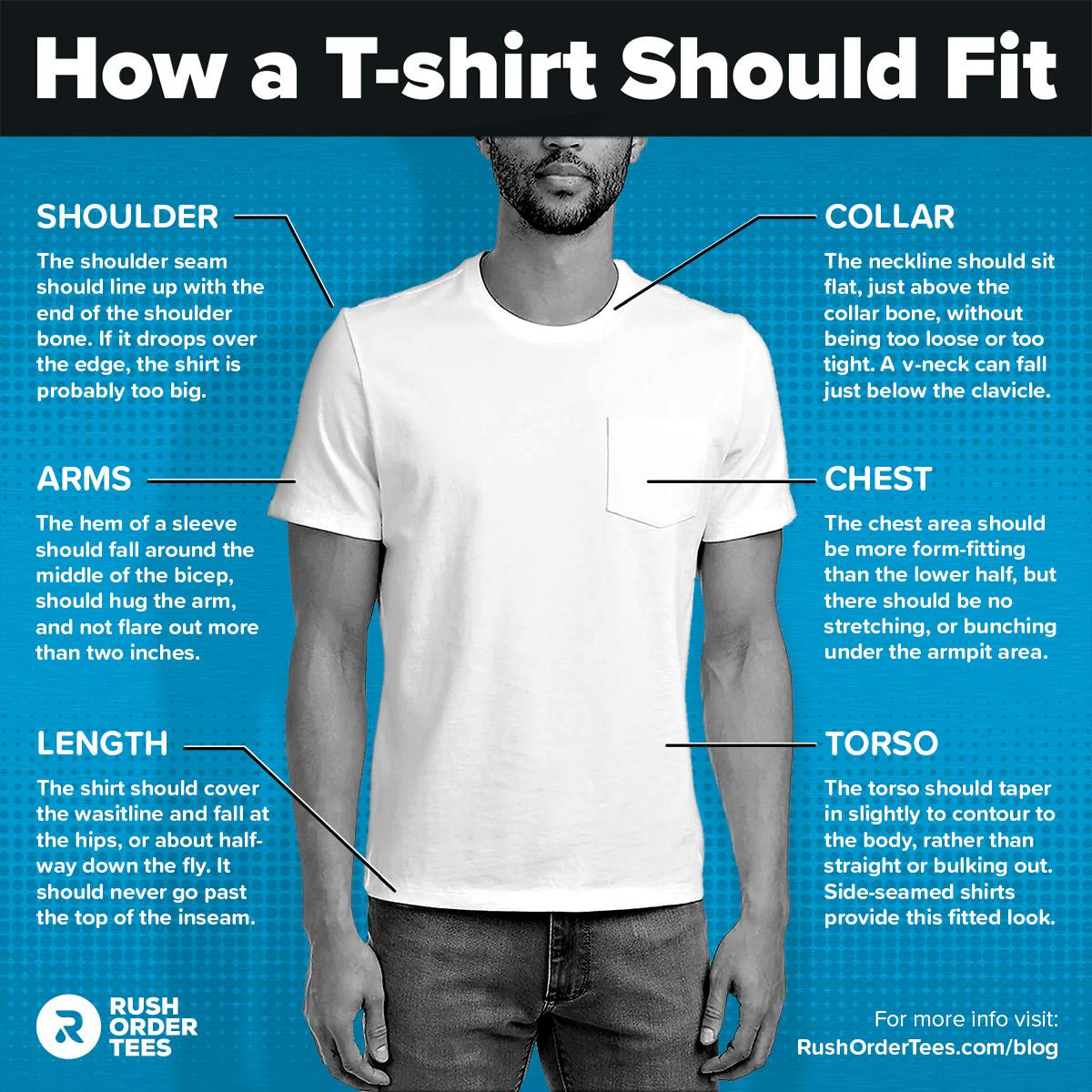How To Know Your Shirt Size

Stop wearing ill-fitting shirts! Knowing your correct shirt size is crucial for comfort, style, and making a good impression. This guide provides a step-by-step approach to accurately determining your shirt size, ensuring you always look and feel your best.
This article offers a comprehensive guide to understanding the nuances of shirt sizing. It covers everything from taking precise measurements to interpreting size charts across different brands, helping you avoid costly returns and frustrating shopping experiences.
Understanding the Basics of Shirt Sizing
Shirt sizes aren't standardized; they vary significantly between brands and manufacturers. A medium in one brand might be a large in another, making accurate measurement essential.
Typical men's shirt sizes are based on neck circumference and sleeve length. Women's sizes often correlate with bust, waist, and hip measurements.
Men's Shirt Sizing: The Key Measurements
Neck Circumference: Use a flexible measuring tape to measure around the fullest part of your neck, keeping the tape level. Insert one finger between the tape and your neck to ensure a comfortable fit.
Sleeve Length: Measure from the center of the back of your neck, over your shoulder, and down to your wrist bone. Keep your arm relaxed at your side during the measurement.
Chest Measurement: Measure around the fullest part of your chest, keeping the tape level under your arms. Ensure the tape is snug but not too tight.
Women's Shirt Sizing: Essential Dimensions
Bust Measurement: Measure around the fullest part of your bust, keeping the tape level across your back. Wear a non-padded bra for accurate results.
Waist Measurement: Measure around the narrowest part of your waist, typically just above your belly button. Keep the tape snug but not constricting.
Hip Measurement: Measure around the fullest part of your hips, keeping the tape level. Stand with your feet together for the most accurate measurement.
Step-by-Step Guide to Measuring Yourself
Prepare your tools: You'll need a flexible measuring tape, a mirror, and possibly a friend to assist. Wear lightweight clothing for accurate measurements.
Measure Carefully: Ensure the measuring tape is snug but not too tight. Double-check your measurements to minimize errors.
Record Your Measurements: Write down all your measurements in inches or centimeters, depending on the size chart you'll be using.
Interpreting Size Charts: A Crucial Step
Find the Brand's Size Chart: Always refer to the specific size chart provided by the brand you're purchasing from. These charts are usually available on the brand's website or product page.
Match Your Measurements: Compare your measurements to the size chart to determine the corresponding shirt size. If you fall between sizes, it's generally recommended to size up.
Consider the Fit: Decide whether you prefer a slim fit, regular fit, or relaxed fit. Different fits may require adjusting your size choice.
Common Sizing Issues and How to Avoid Them
Shoulder Fit: The shoulder seams should sit squarely on the edge of your shoulders, not drooping or pulling. A poor shoulder fit can ruin the entire look of a shirt.
Sleeve Length: Sleeves should end at the wrist bone, allowing for comfortable arm movement. Avoid sleeves that are too short or too long.
Torso Fit: The shirt should fit comfortably across your chest and stomach without feeling too tight or too loose. Look for pulling or bunching, which indicates an incorrect size.
Beyond the Basics: Additional Tips
Consider Fabric Shrinkage: Some fabrics, like cotton, may shrink after washing. Account for potential shrinkage when choosing your size, especially if purchasing online.
Read Customer Reviews: Check customer reviews for feedback on sizing accuracy. Other customers may provide valuable insights into how a particular brand's sizes run.
When in Doubt, Order Multiple Sizes: If you're unsure about your size, consider ordering two sizes and returning the one that doesn't fit. This is especially useful when shopping online.
Where to Find Accurate Size Charts
Brand Websites: Most reputable clothing brands have size charts available on their official websites. Look for a "Size Chart" or "Sizing Guide" link, often found near the product description.
Retailer Websites: Online retailers like Amazon, ASOS, and Macy's often include size charts from the brands they carry. Check the product page for the specific brand's size chart.
Clothing Tags: Some shirts may have a size chart printed directly on the inside tag. This can be a helpful reference, especially for brands you've purchased before.
The Importance of a Tailor
For a Perfect Fit: Even with accurate measurements, a tailor can make alterations to achieve a truly perfect fit. Tailoring is especially useful for formal shirts or garments that require a precise silhouette.
Adjusting Sleeve Length: A tailor can easily shorten or lengthen sleeves to ensure they end at the correct point on your wrist. This is a common alteration for men's dress shirts.
Taking in the Torso: A tailor can slim down the torso of a shirt for a more fitted look. This is a popular alteration for both men's and women's shirts.
Knowing your shirt size empowers you to shop with confidence and build a wardrobe of well-fitting clothes. Take the time to measure accurately and consult size charts to avoid the frustration of ill-fitting garments.
Continue to monitor brand sizing updates as they evolve and consider professional tailoring for investment pieces. Share this guide with friends and family to help them achieve their best fit, too!
